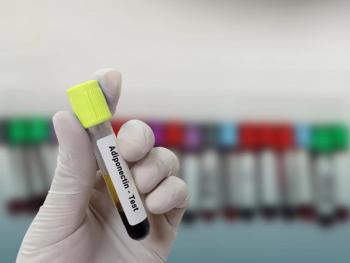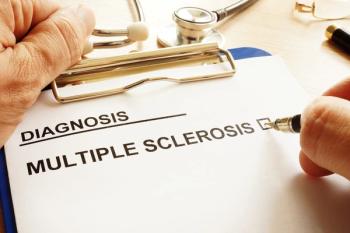
Researchers Identify New, Overlooked Target to Treat Multiple Sclerosis
Mature oligodendrocytes have been overlooked in the past as a way to treat multiple sclerosis, but a new study has found they might be able to help with remyelinating axons the same as new oligodendrocytes.
New oligodendrocytes from progenitor cells may not be the only way to repair myelin, which is critical for treating multiple sclerosis (MS). Researchers have discovered that mature oligodendrocytes that are partially injured may be able to help repair myelin. The study was
Demylineation results in symptoms associated with MS, such as numbness, weakness, and vision problems. Oligodendrocytes are cells that can reach out to nearby axons and wrap them in a protective myelin sheath.
Previous consensus had been that the only way to bring myelin back to an axon is with new oligodendrocytes, and MS treatments focused on remyelineation have focused on using progenitor cells to spur myelin development.
The researchers used large animal models, including a nonhuman primate, to show that partially injured oligodendrocytes can repair myelin. However, the adult oligodendrocytes need to still have internodes, which are connections to surviving myelin segments on other axons.
“If this cell is still biologically active and maintaining these internodes, it can re-extend processes out to these demyelinated segments,” lead author Ian Duncan, PhD, BVMS, a neuroscientist at the University of Wisconsin—Madison’s School of Veterinary Medicine,
While the discovery that mature oligodendrocytes still have the ability to repair may open new opportunities to slow or reverse MS, Duncan noted that the process may not play out fast enough in humans or too many oligodendrocytes may be losing their internodal connections so that they become inactive or die.
Still, having a new target means new therapeutic approaches, such as drugs that rally oligodendrocytes to create new lifelines.
“In fighting complex diseases, such as MS, the more tools you have on hand, the better,” Duncan said. “If these adult cells are recruitable in some fashion, we should be looking at ways to do it.”
Reference
Duncan ID, Radcliff AB, Heidari M, Kidd G, August BK, Wierenga LA. The adult oligodendrocyte can participate in remyelination. Proc Natl Acad Sci USA. 2018;115(50):e11807-e11816. doi: 10.1073/pnas.1808064115.
Newsletter
Stay ahead of policy, cost, and value—subscribe to AJMC for expert insights at the intersection of clinical care and health economics.












































